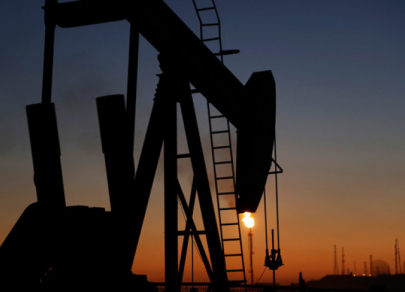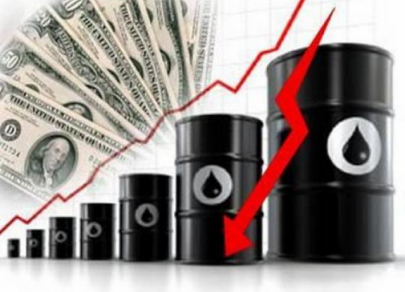FX.co ★ Four largest collapses in oil prices
Four largest collapses in oil prices
Currently, the global oil market is optimistic about the cost of oil next year. Neither the rise in oil prices nor the decline in production in a number of countries prevents a positive attitude. Many analysts believe that in 2019 the price of Brent crude could reach $70 or $80 per barrel. However, a number of experts see no reason for a significant increase in prices. They propose to recall several major oil market collapses in order to draw constructive lessons from the past.

Oil prices collapse in 1985-1986
Overproduction of oil in the 1980s was caused by a decrease in demand for raw materials. The reason for this was the price increase due to the 1973 oil embargo and the Islamic Revolution in Iran in 1979. In 1980, oil prices in the global market reached $35 per barrel, and six years later it dropped to $10 per barrel. This situation was provoked by non-OPEC countries which actively increased their production. At the same time, the countries of the cartel, defending their market share, also raised the level of production. This caused overproduction and a further collapse in oil prices.

Oil prices collapse in 1990-1991
In 1990, Iraq invaded Kuwait, which is why the cost of oil rose sharply from $15 to $ 41.15 per barrel, experts say. After the intervention of the United States and allies conducting Operation Desert Storm, which resulted in Iraqi troops leaving Kuwait, in February 1991, oil prices again fell to $17- $18 per barrel.

Oil prices collapse in 2008-2009
This period was a turning point for the global economy. For the first 6 months of 2008, the price of WTI and Brent crude oil increased by almost 50%. It remained at a record high of $140-$145 per barrel. Commodity exchanges began to sell off assets. The sale ended with a collapse in prices. This coincided with the loud bankruptcy of Lehman Brothers. In September 2008, a sharp drop in the cost of oil occurred. Then there was a period of stagnation and oil could be bought for $30- $35 per barrel. In January 2009, oil prices soared again.

Oil prices collapse in 2014-2015
Experts believe that a significant oversupply of raw materials on the market became the main reason for the fall in oil prices in 2014. In this situation, many analysts draw a parallel with the crisis of 1985-1986. Recall, long before the collapse, the leading OPEC countries, such as Saudi Arabia, actively increased oil production and sold large amounts of it. At the same time, independent oil producers also raised their volumes to a record level. As a result, oversupply caused a significant drop in demand.






















